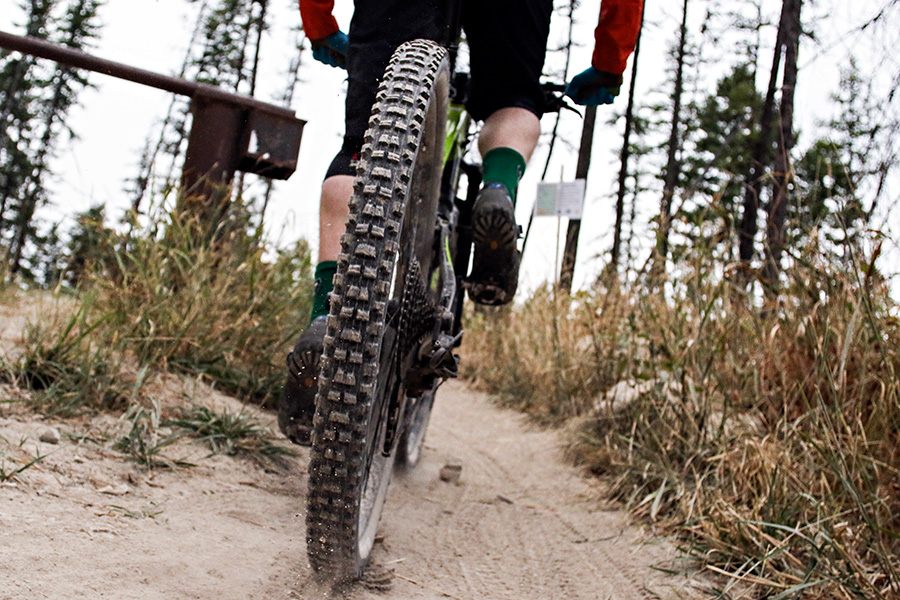A yearlong study to quantify outdoor recreation reveals that playing outside is a major boon to the local economy, with Whitefish Trail users contributing $6.1 million annually.
Relying on intercept surveys, infrared counters, manual verification, Strava accounts, and statewide tourism data, Whitefish Legacy Partners and the Whitefish Convention and Visitors Bureau partnered with Headwaters Economics to better understand the economic ripple effects of outdoor recreation.
According to the report, “Local Benefits from Outdoor Recreation and the Whitefish Trail,” by Megan Lawson, outdoor recreation is the number one reason why locals stay and visitors visit Whitefish. Based on 1,794 interviews, the report found that 65 percent of visitors come to Whitefish with recreation as their primary purpose.
Fifty-one percent of locals said they recreate more because of the Whitefish Trail, while most report using the trail at least once a week.
Between November 2016 and October 2017, Whitefish Legacy Partners recorded more than 73,000 uses on the expansive trail network. Of the total visitors, 15 percent came from Montana, while 12 percent visited from Alberta.
Since its infancy in 2009 and running through today, Whitefish Legacy Partners has contributed $1.85 million in direct spending, while $19 million has been paid to support Montana schools and universities.
“The study finds that outdoor recreation is why visitors and locals are here,” according to the report.
The report mirrors findings from other recent studies about the environmental impacts of outdoor recreation.
A recent report from the Urban Lands Institute found that bikeability and proximity to trails are becoming more important for homebuyers, and real estate developers as well as cities are more responsive to building communities “tailored for those who would rather bike than drive.”
The report, “Active Transportation and Real Estate: The Next Frontier,” labeled the trend as “trail-oriented development,” in contrast to the typical transit-oriented development found in most cities.
Researchers found that 50 percent of U.S. residents consider walkability a top or high priority when deciding where to live. Bicycling itself has undergone a sort of “renaissance” in places around the globe, the report noted, with Americans who commute to work by bike increasing roughly 62 percent between 2000 and 2014.
Portland, Oregon has the highest rate of cycling commuters, with 7.2 percent in 2014, the report found, and the city of Minneapolis, Minnesota, has set a goal for 15 percent of citywide transportation to be by bicycle by 2025.
For more information visit whitefishlegacy.org
